Film Inquiry Recommends: The Films Of Don Siegel
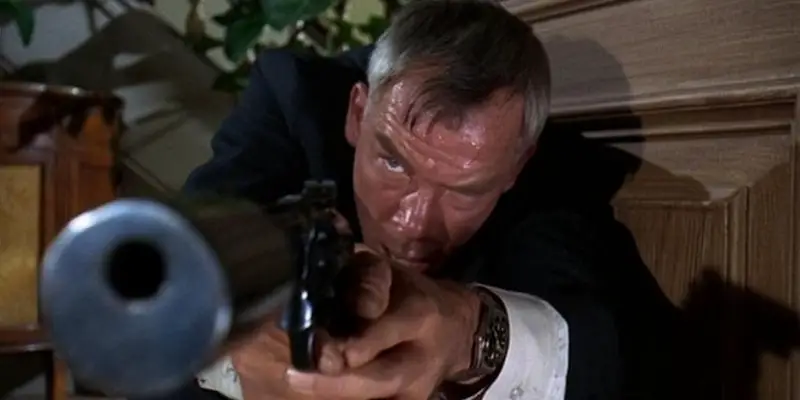
Alex is a 28 year-old West Australian who has a…
Over at our official Facebook page, we are currently posting daily film recommendations with each week being a different theme. This week’s theme is the films of American director Don Siegel.
Beginning his cinematic career making montage sequences for Warner Bros (most notably the opening of Casablanca), Don Siegel is quite an influential American auteur, redefining the sci-fi and crime thriller genres throughout his lengthy career. Despite working within the studio system his entire career and spawning quite a few critical and commercial hits, Siegel remains quite an underrated director nowadays, his legacy kept alive by the continued influence of Dirty Harry.
His directional trademarks include masculine steadfast protagonists, hard-boiled narratives and his pragmatic approach to story-telling, a consistent series of cinematic elements that have marked Siegel as a ‘man’s man’ director. This same label also applies to the films of Guy Ritchie and Robert Aldrich. Below is a selection of just some of his great films that really defined his robust wealth of work.
1. Charley Varrick (1973, Don Siegel)
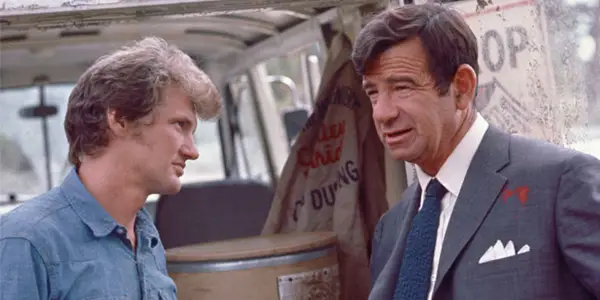
Charley Varrick tells the story of the titular character, played by Walter Matthau. Varrick is a former stunt pilot who, alongside his wife Nadine (Jacqueline Scott) and friends Al Dutcher (Fred Scheiwiller) and Harman Sullivan (Andrew Robinson) decide to rob a local bank.
Expecting a modest return from the locally-run establishment, they are shocked to receive a huge $750,000 haul. They soon learn that the bank was a safe house for the local mob, who start to hunt down the small criminal gang to exact revenge and attempt to get back their stolen money. This forces Varrick to quickly improvise a genius plan that he must enact whilst avoiding the local authorities and mob hitmen who start to kill off the members of his gang, one by one.
Charley Varrick is a film which is constantly moving, never letting the energy die down, pursuing any predictable routes for the sake of cheap story-telling. Charley is a mysterious character, never letting anyone onto what he’s about to do, as he silently schemes his improvised plan throughout the film.
Sadly, Walter Matthau hated the film, which I genuinely don’t understand. A great underrated crime thriller from the director of Dirty Harry, Charley Varrick is one of Walter Matthau’s best dramatic works, which was technically remade in 2013 as Two Guns (With Mark Wahlberg and Denzel Washington).
An affectionate fan of the film is director Quentin Tarantino, who recently expressed discontent for Pauline Kael’s initial unfavourable review of the film, stating, “[Kael is] so rough on Don Siegel for making Charley Varrick.” His most recent film, The Hateful Eight, is stated as being inspired by the main narrative drive of this film, mixed in with Western elements inspired by The Virginian TV show.
Ving Rhames’ infamous line in Pulp Fiction, “Go to work on you with pliers and blowtorches,” originated from this film, a piece of dialogue featured in one of Joe Don Baker’s terrific scenes as the hitman who is pursuing Varrick.
2. The Killers (1964, Don Siegel)
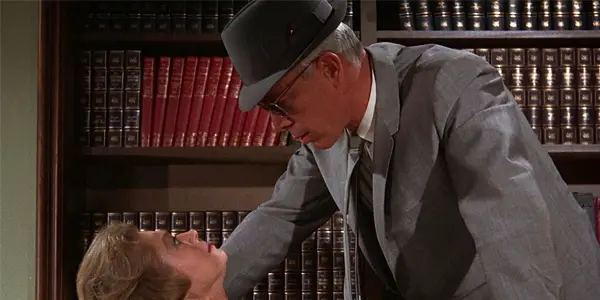
Whilst not perfect, Don Siegel’s original take on The Killers makes it one of the more interesting remakes to come out. The original narrative, based on a short story by Ernest Hemingway, was about two hitmen who assassinate ‘The Swede’ (Burt Lancaster) who willingly accepts his death. A life insurance officer (Edmond O’Brien) starts to investigate the events that lead up to his death, showing The Swede’s tragic slide from normal everyman into failed criminal.
The original is considered a classic in the film noir genre, so when Don Siegel (famous for directing Dirty Harry and Charley Varrick) had to make a TV movie reboot of the film, he decided to actually do something different with it. In this version, the two assassins still execute The Swede at the beginning, but the investigation into his death is actually done by the two assassins, played by Lee Marvin and Clu Gulager. Due to the Swede’s easy acceptance of death, they start to suspect their job has something fishy behind it.
The cast also features Angie Dickinson, John Cassavettes and Ronald Reagan (who regretted doing the film after his presidency due to a scene where he slaps a woman). The only problem with the film is due to originally being made for television, the production values are quite low (especially during driving scenes, which are horribly matted), so more money invested would’ve really helped. This was the first film Lee Marvin received top billing in, and there are a lot of elements in his hitman character that would come back in his ‘Walker’ role in Point Blank.
3. Riot in Cell Block 11 (1954, Don Siegel)
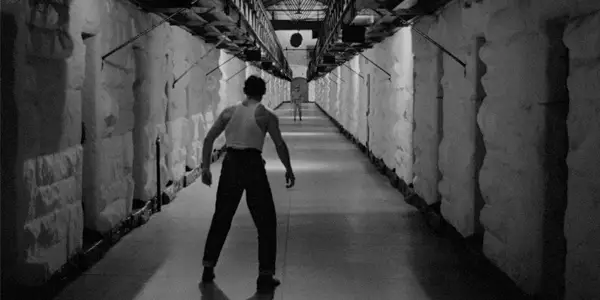
Riot in Cell Block 11 is a bleak prison drama from Don Siegel, who made another prison film much later in his career, the Clint Eastwood starring Escape From Alcatraz. Riot in Cell Block 11 is one film where the behind the scenes drama trumps the film’s actual content, due to amount of problems that arose and the various famous people who got involved.
The biggest behind-the-scenes fact about the film is that it provided the first feature film credit for legendary director Sam Peckinpah, who worked on the role as third assistant casting director. This came in handy as his family’s history as court judges was well-known to the warden of the jail where Siegel wanted to shoot, thus he allowed the crew to film within his jail. Impressed by Siegel’s directing choices, Peckinpah worked on four more of Siegel’s films. Due to shooting in a real prison, the set is filled with real prisoners and guards, which added an authentic edge to the visuals, even tho it caused a lot of problems for the crew who were trying to make the movie.
Film producer Walter Wagner decided to make the film after being released from a short prison sentence, where he was incarcerated for shooting a man that he believed was having an affair with his wife. He teamed up with Siegel in an attempt to make a semi-realistic prison film based on the experiences that he went through when locked up. Riot in Cell Block 11 is about James V Dunn (Neville Brand), a man with a life sentence in jail, who leads his fellow prisoners in igniting a riot in order to attempt to get better living conditions. As the riot starts to get expanded media attention, Dunn starts to manipulate it to benefit his cause.
4. Star in the Night (1945, Don Siegel)
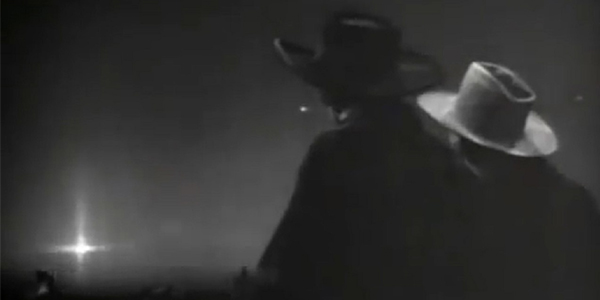
Whilst Star in the Night is an obscure short film, it is worth highlighting for being Don Siegel’s directorial debut, winning his first Academy Award for Best Short Subject (Two-Reel), the award which would develop into Best Live Action Short Film. Clocking in at 22 minutes, Star in the Night is a modern-day retelling of the traditional Nativity story, set on Christmas Eve within a deserted motel. Alongside the updated re-telling of the old school Christmas story, the narrative is remixed with Charles Dickens’ A Christmas Carol, creating a distinctive holiday film from the two long-established tales.
On Christmas Eve, three cowboys (Johnny Miles, Richard Erdman and Cactus Mack) are riding through the desert night with items they purchased at a general store, but have no use for. They spot a bright star in the distance and decide to use it as a sign of direction in the empty landscape. As they get closer they realize the star is actually a brightly lit sign for the small hotel, “The Star Auto Court.” The hotel’s owner, Nick (J. Carrol Naish), doesn’t believe there is much good left in the world, complaining that people wish each other ‘Merry Christmas,’ but then stop caring about others for the rest of the year. His customers get sick of his ranting, but have no other choice due to the remote location.
A young couple, Jose and Maria Santos, arrives hoping to get lodging. There are no cabins available, so they must settle for a small shed to sleep in. When the cowboys learn of this, they decide to create their own Christmas miracle at the hotel and prove Nick wrong. A heart-warming Christmas short, the film weaves Christmas traditionalism and the old school Western style, hinting at film-making talents that Siegel would got to demonstrate frequently in his feature films.
Siegel had previously worked as a editor and 2nd unit director at Warner Bros. when he was given the chance to direct his own project. The film was shot by Robert Burks, a young cinematographer who would go onto win his own Academy Award for Best Cinematography for Alfred Hitchc*ck’s To Catch A Thief. He made this and the short documentary, Hitler Lives, which won an Academy Award the same year as Star in the Night (for Best Documentary Short). Due to the simultaneous nomination and win of the 2 films, Siegel was propelled into a successful career making feature films, starting with The Verdict.
5. Dirty Harry (1971, Don Siegel)
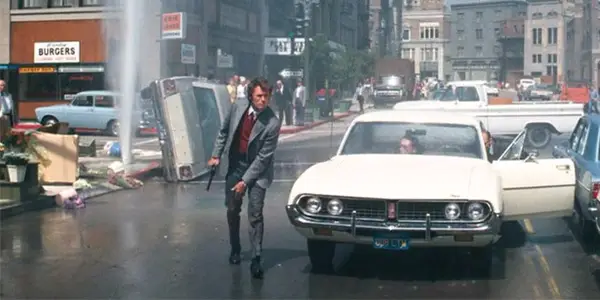
Don Siegel’s biggest and most significant film, Dirty Harry has become a hugely influential cop movie that introduced a series of cop tropes and visuals that have slowly become stereotypes. After a lengthy career of hard boiled genre films and television work, Siegel became a frequent collaborator of actor Clint Eastwood, who cites Siegel as one of his prominent directional influences (alongside Sergio Leone). The 4th out of 5 collaborations (the final being Escape From Alcatraz), Dirty Harry was originally a vehicle designed for either John Wayne or Frank Sinatra. Sinatra was deemed too old and John Wayne turned it down (a decision he regretted, which is why he went onto make the Dirty Harry clones Brannigan and McQ) so the part was eventually went to Clint Eastwood, who personally asked Siegel to direct due to their success collaborations in the past. Arthouse director Terrence Malick had a hand in re-writing the script at one stage (thanks to Badlands), but his re-writes were removed and went onto form the backbone on the Dirty Harry sequel Magnum Force.
The film virtually invented the “loose cannon” cop stereotype, a subgenre of crime thrillers that feature policemen going against social order in order to achieve justice via unorthodox methods. The film’s vicious and angry material reflected the current mood of the American public at the time, who were sick of the increase of violent street crimes. Another factor was the rise of reports of corrupt policemen that was shifting the public persona of the once-respected authority figure. The public saw a hero within the Dirty Harry character, an incorruptible authority figure who genuinely wants to stop crime, using methods that fed into society’s interest in vigilantism in the face of the increasingly scary urban crime. This trend would appear in many later 70’s and 80’s films, creating the “vigilante” subgenre, including the Death Wish series and Taxi Driver.
The other significant impact that Dirty Harry made was the inspiration behind the Poliziotteschi genre, aka the Eurocrime films of the 1970’s. After the major success of Dirty Harry, the film was exported worldwide to universal acclaim, most notably within Italy. Just as the craze of the Spaghetti Western was dying, Italian filmmakers were keen to find a new genre to exploit, and thanks to the sudden success of Dirty Harry, a large series of ripoffs and imitators followed with the successful ones of those having replicates of their own. The most prominent films of the phase in European cinema include The Italian Connection, Street Law and Live Like a Cop, Die Like A Man, whose visuals and political ideas all originated from Siegel’s original film.
The plot follows the police investigation of ‘Scorpio’ (a homage to the Zodiac Killer), who is currently terrorizing San Francisco through a series of senseless murders and general chaos. Harry Callahan (Clint Eastwood), a no-nonsense homicide detective is put in charge of the case, but his unorthodox methods of investigation put him at odds with the rest of the police force, who stick to the rules and require paperwork for every little thing. Saddled with a new partner, Inspector Chico Gonzalez (Reni Santoni), Harry stops at nothing to stop the Scorpio, whose reign of terror is growing increasingly worse, which pushes Harry to his moral and physical limits.
6. Invasion of the Body Snatchers (1956, Don Siegel)
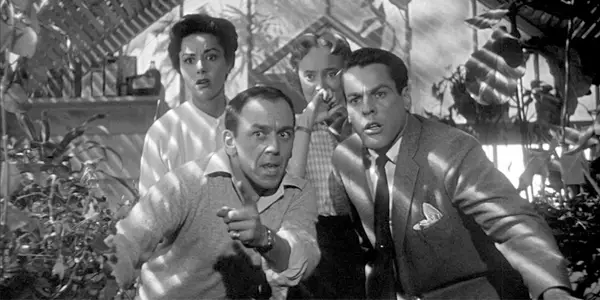
Before completely transforming the genre of police films with Dirty Harry, Siegel did the same with Invasion of the Body Snatchers, a game-changing sci-fi film that would go onto to be remade countless numbers of time, most notably by Philip Kaufman in 1978. Based on Jack Finney’s novel The Body Snatchers, Invasion of the Body Snatchers is Siegel’s politically charged B Movie, injecting the pulpy sci-fi material with intelligence and immediate relevancy that makes the material still work today, despite the film’s dated practical effects and Hays Code tinkering.
Made in the 1950’s during the tense anxiety of the Cold War and Communist fears, Siegel taps into the public fear of the shifting political landscape and constant fear, using the approachable material of science fiction to explore the scary material. Despite a reasonable box office return, the film was mostly ignored by critics upon its initial release, dismissing the film as another exploitation film being pumped out weekly at the time. Like all cult films, the film’s reputation and achievements have been lauded since the 50’s, now regarded as one of the greatest science fiction films of all time and essential to the shift in perception of science fiction in mainstream media.
Set within the small peaceful town of Santa Mira, local doctor Dr. Miles J. Bennell (Kevin McCarthy) starts noticing an alarming trend of reports of people stating that their loved ones/friends seem different and emotionless. Initially dismissing the reports as nonsense, Bennell starts to notice it around his group of friends, he decides to investigate the disturbing attacks himself. Discovering large farms of alien “pods” (coining the terms pod people), Bennell learns that an alien species is attempting to take over life on Earth via replicates, removing any emotion and bad traits. Being slowly chased by a growing army of peaceful clones, Bennell must fight to tell the remaining human population about the subtle invasion before its too late.
7. The Line-Up (1958, Don Siegel)
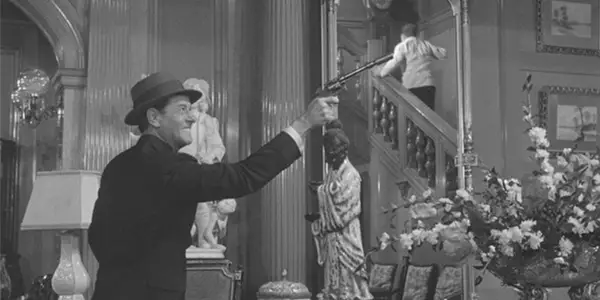
Emerging from the latter days of traditional noir, Don Siegel’s pulpy TV adaptation is one of his more underrated works; a unique thriller that displays Siegel’s efficient film-making talents. The Law and Order of its day, The Line-Up was a hugely popular police procedural during the 1950’s from which a movie adaptation was birthed to capitalize on the show’s popular status. Due to his history of crime thrillers and television work, Siegel was picked for the directing gig, but he frequently clashed with Columbia Pictures over the direction of the film. Siegel wanted to use the foundations of the show and expand on the cops vs robbers aspect of it, whilst the studio simply wanted an expanded 90 minute version of one of the television show’s simple narratives. The film ends up being an interesting hybrid of these two clashing ideas, a contained story that follows standard police procedural beats, and filled with great characters and extended sequences that make the film stand apart from its television origins.
Reprising his role from the show, Warner Anderson plays Lieutenant Ben Guthrie, a cop who assigned an unusual case centered on drug trafficking. An international drug-smuggling ring face problems when the police force start to crack down on their various different smuggling methods, thus on a whim one day, a couple of gangsters plant a stash of heroin within the suitcase of a pair of American tourists who are on vacation in Asia. Once re-entering America with the drugs passing through unscathed, they are targeted by a pair of violent mobsters (Eli Wallach and Robert Keith), who have been hired to reclaim the illegal contraband. It is up to the resourceful and dedicated cop Guthrie to find the innocent couple before the reckless gangsters get to them first.
What are your thoughts on the filmography of Don Siegel?
Does content like this matter to you?
Become a Member and support film journalism. Unlock access to all of Film Inquiry`s great articles. Join a community of like-minded readers who are passionate about cinema - get access to our private members Network, give back to independent filmmakers, and more.













